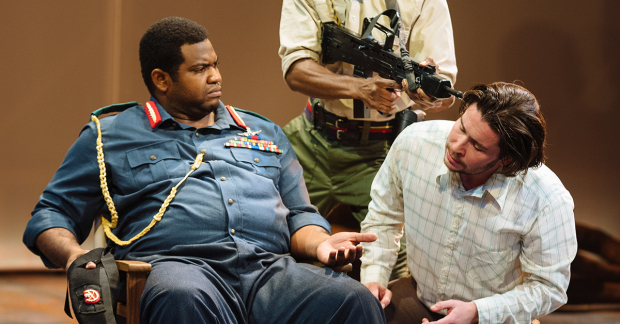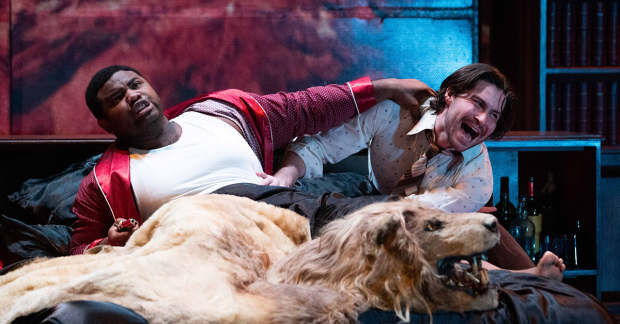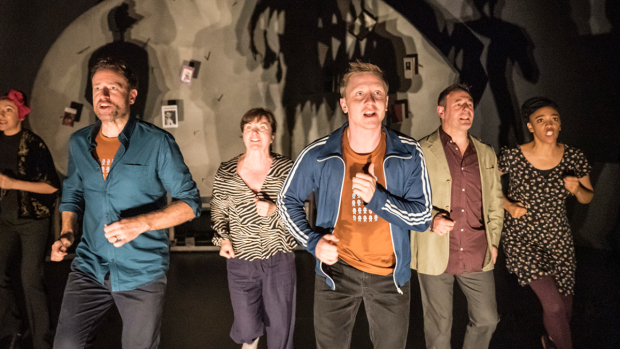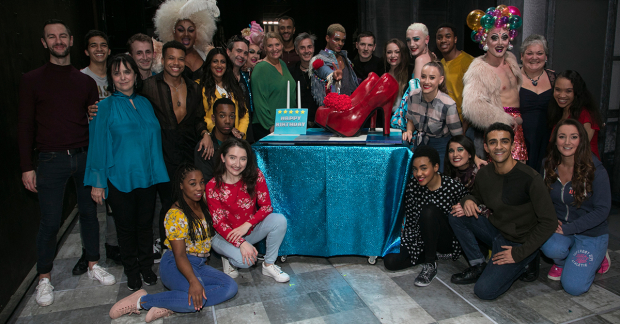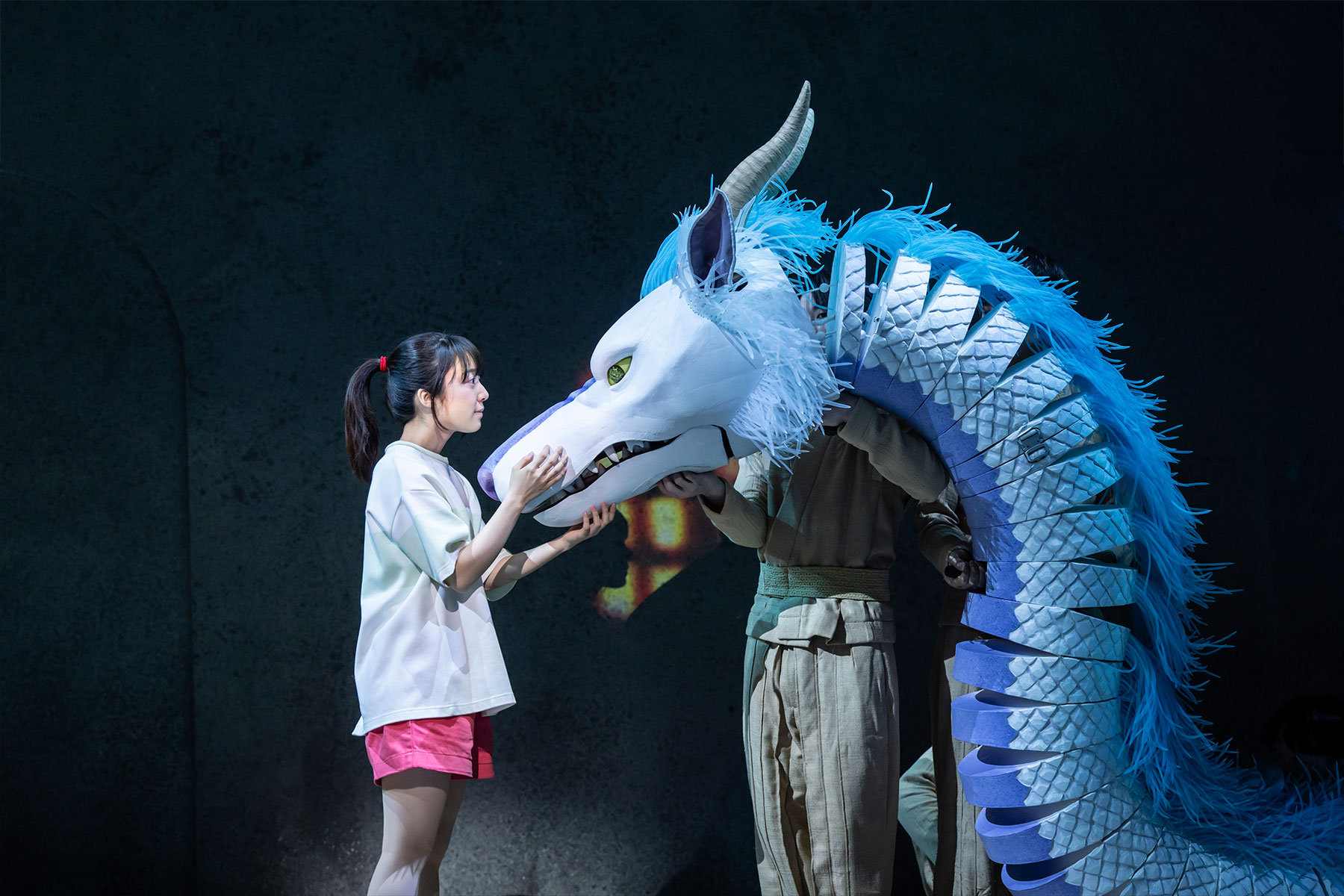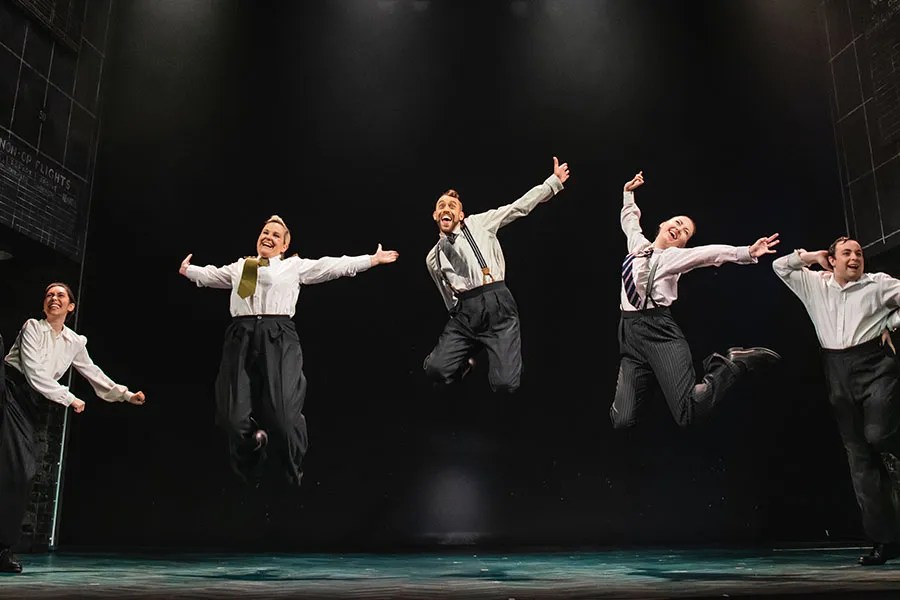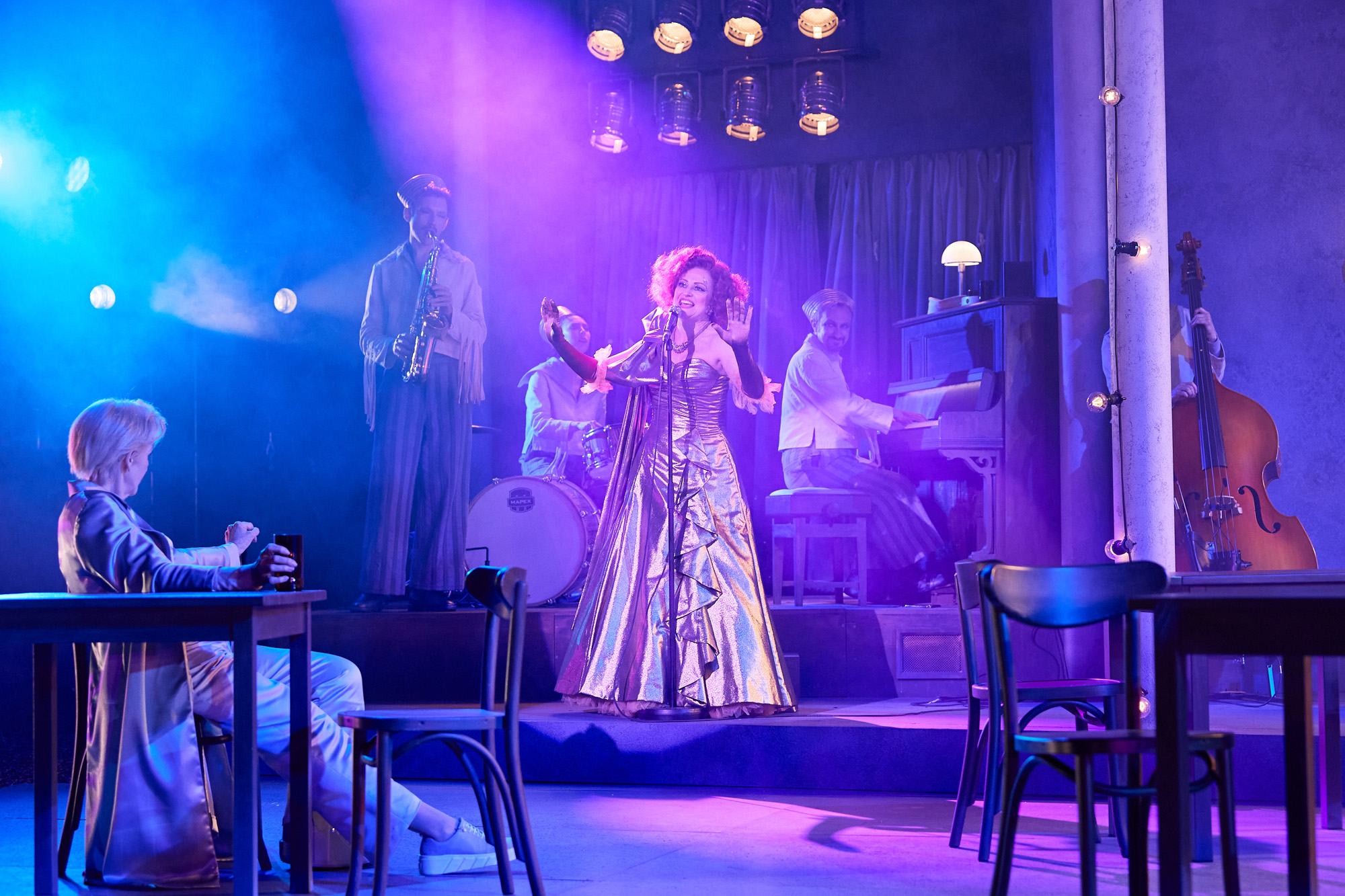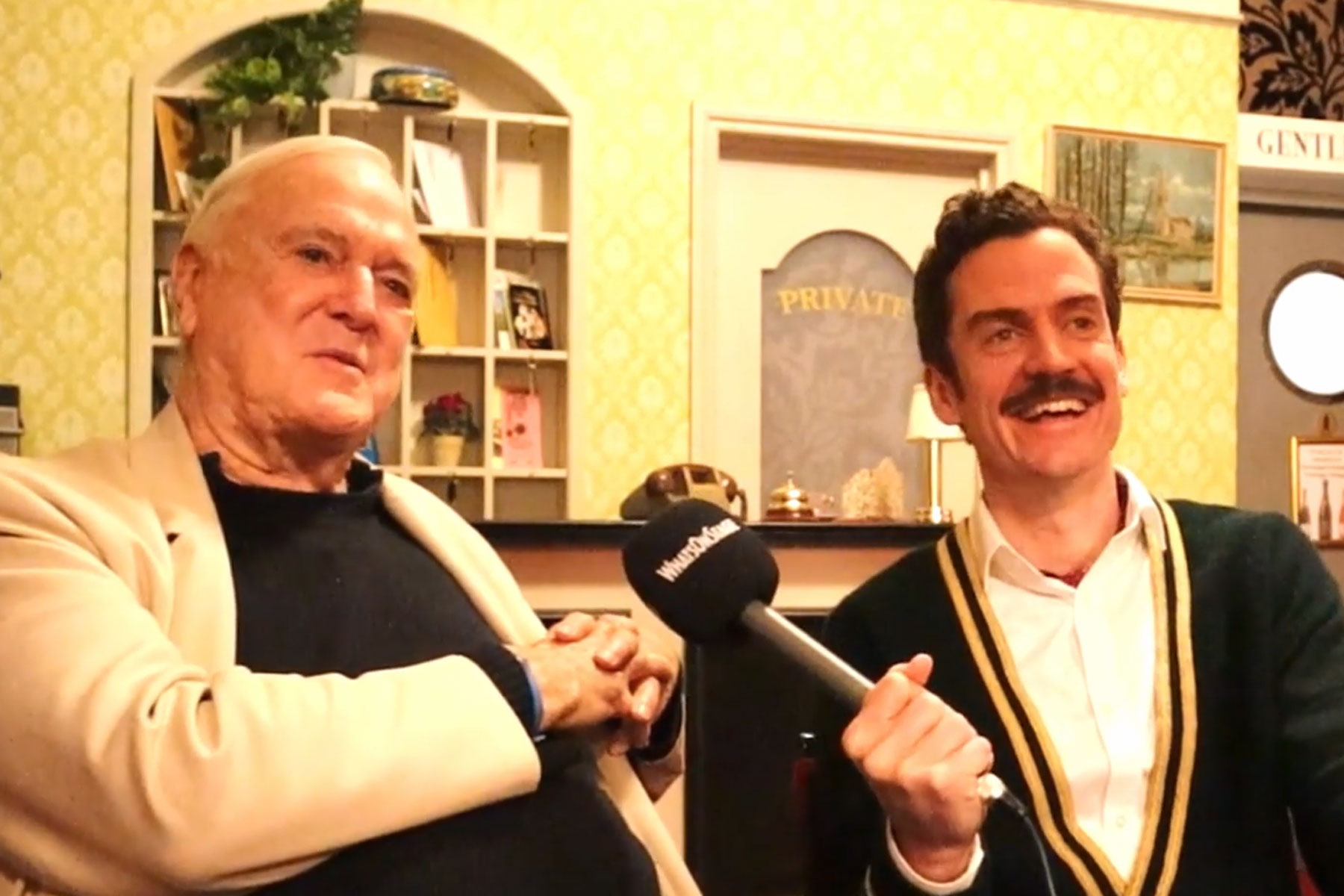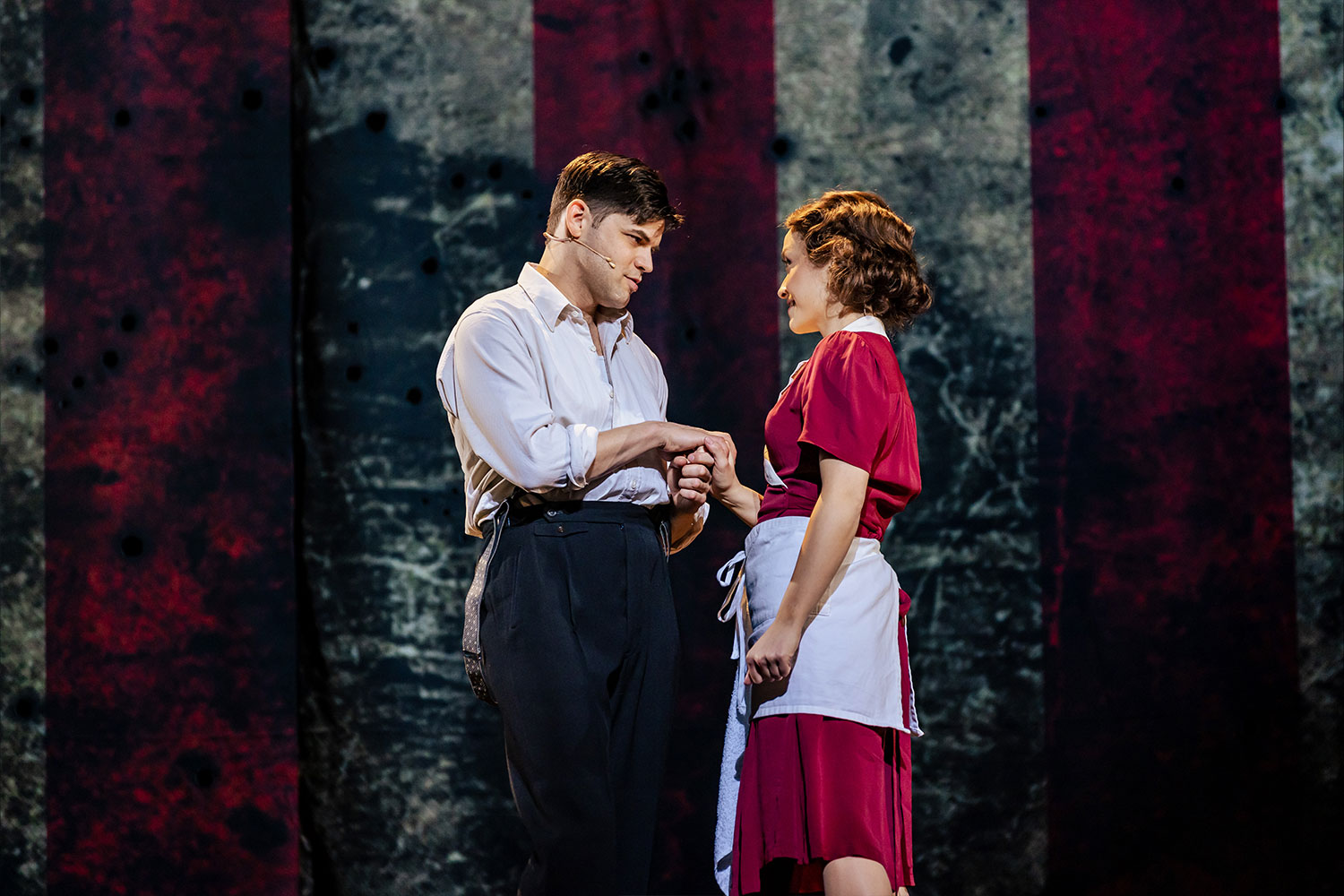Review: My Mother Said I Never Should (Sheffield Theatres)

© Mark Douet
Very little in theatre is quite as moving as showing the innocent optimism of youth after we have learned of the disillusionment of maturity – think the reverse chronology of Merrily We Roll Along or the out-of-sequence second act of Time and the Conways. My Mother Said I Never Should achieves this beautifully and the Sheffield production's treatment of one pivotal scene is perfectly judged. Doris – having spent the whole play as mother, grandmother and great-grandmother, with the disappointments of a basically unrewarding life – comes alive at the end with the excitement of her engagement, the beginning of her life, as she sees it.
Charlotte Keatley takes the broad view of half a century of time in a play that manages to be simultaneously experimental and audience-friendly. Events between 1940 and 1987 rub shoulders with each other, links and connections thematic rather than chronological. Then, when we have come to the end, she whisks us back to the beginning in the 1920s.
This is a play about mothers and daughters – probably no other play uses the word "mummy" so often or so poignantly. Four generations of women – the menfolk, harmless, but pretty hopeless emotionally, never appear – go through hopes and expectations for themselves and their daughters. None endures major suffering, but life is made up of disappointments and the mother-daughter relationship is always fraught.
Doris, socially climbing from Oldham to Cheadle Hulme, wants young Margaret, a child in the Blitz, to practise piano and call her "mother" not
"mummy" (that's common). Margaret, about to marry her dashing (at least at first) pilot, wants something better than to be a dentist's wife in Manchester, but ends up a workaholic in London with a husband no more loving than Doris' Jack. Margaret's daughter Jackie, a promising artist, appears to have ruined her career by becoming pregnant while at college. Margaret rescues baby Rosie from the freezing tower block,
and brings her up as her own child, pretending Jackie is Rosie's sister. Jackie becomes a successful artist, but remains frustrated by the loss of her child. Keatley adds an extra dimension to the complexities of the play by inserting scenes in the Wasteland where the four characters, as children, play and plot how to kill mummy.
Jeni Draper's production for Sheffield Theatres is in association with fingersmiths, a company which explores challenging ways of presenting
theatre to Deaf audiences. To a hearing audience, the play comes across as inventive and ingenious and packs its usual punch in the second half. But the longer first half sometimes lacks momentum and the confrontations between two characters – one speaking, one signing – can confuse. The cast of D/deaf actors communicates by many different means, using mime and BSL alongside speech and written language. Sometimes the text appears behind them; sometimes they sign, with or without surtitles; sometimes they sign while their voices come over the PA; sometimes one actor adds words to interpret what another actor has signed or the hearing audience.
Ali Briggs is self-possessed and precise as Doris, ageing convincingly and recreating youth movingly. Lisa Kelly's Rosie is charming and youthfully irritating, as she should be. Jude Mahon has the most demanding part – Margaret is the only one who has to alternate mother and daughter roles – and carries it off with subtlety and emotional truth. As Jackie, EJ Raymond's words are either surtitled or voiced by Genevieve Barr – hers is a powerful performance, her tortured non-verbal cries expressing the failure to relate.
Sophia Lovell Smith's design takes a bold approach to the problem of My Mother Said I Never Should – do you focus on the Wasteland, a place of metaphor, or the various houses and flats? – by equipping the interiors functionally with minimal furniture. A dramatic red slide then dominates the stage area below a large kite, on which is projected everything from surtitles to sheet music covers reflecting the time period.






